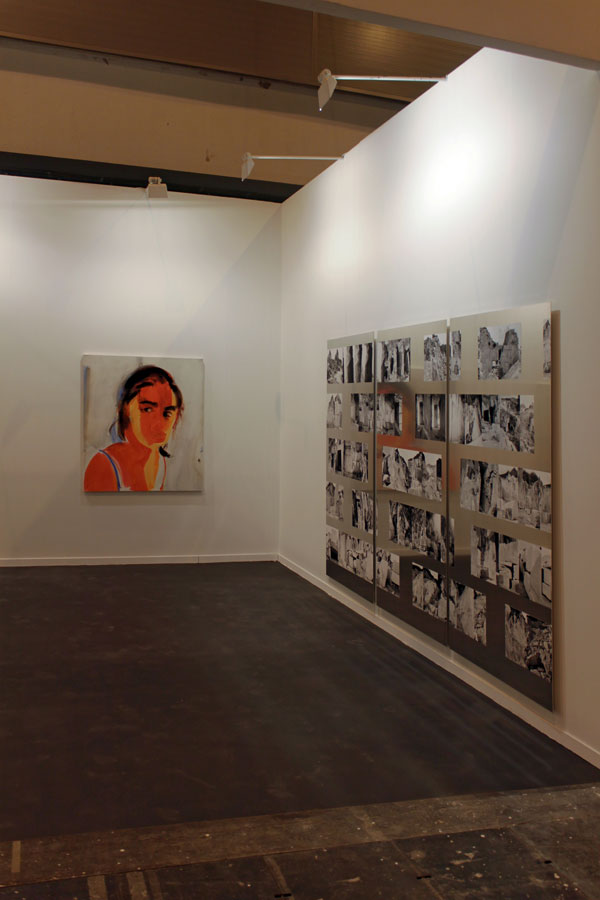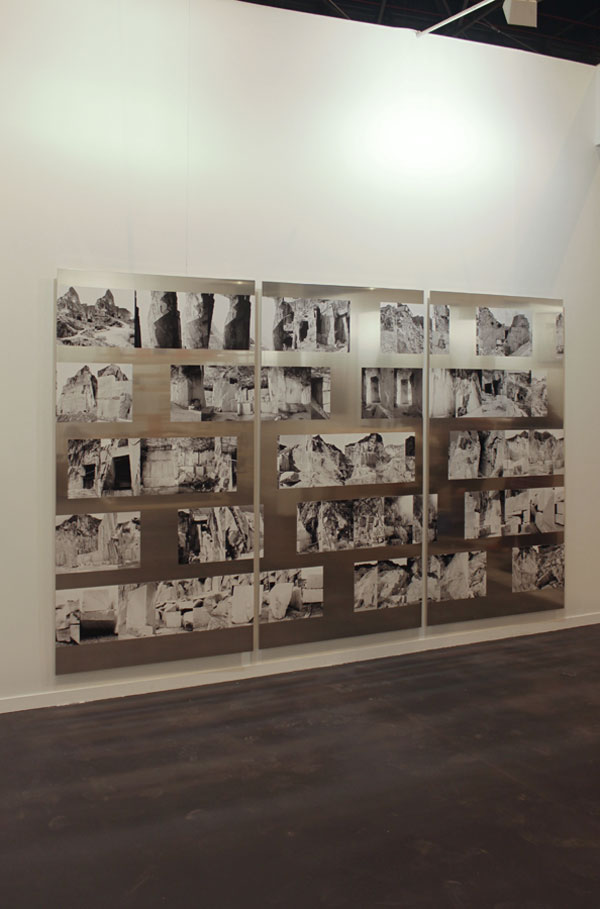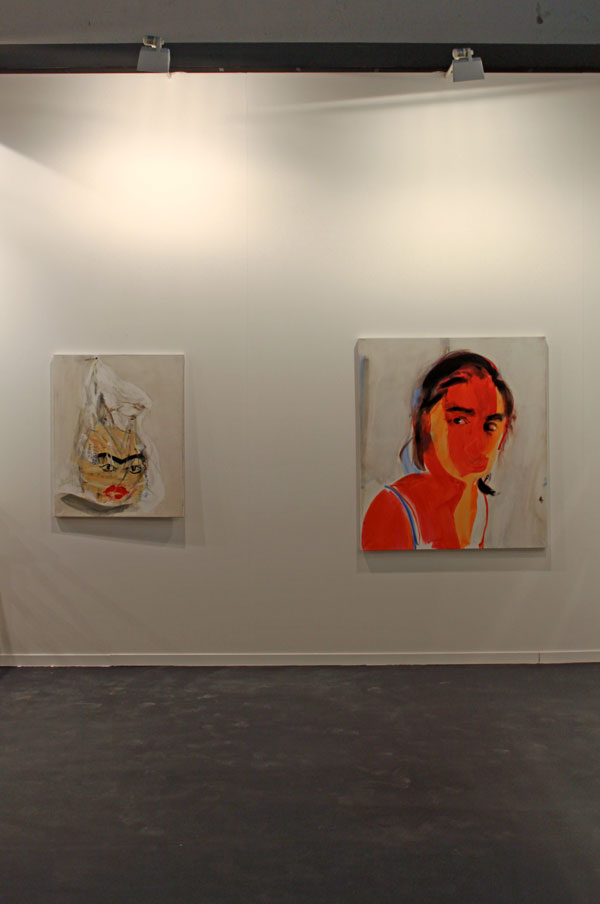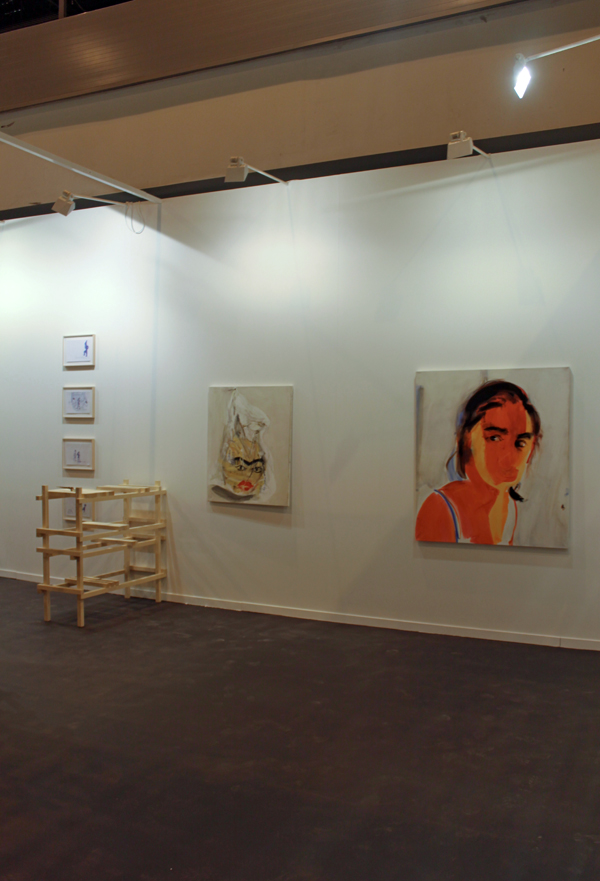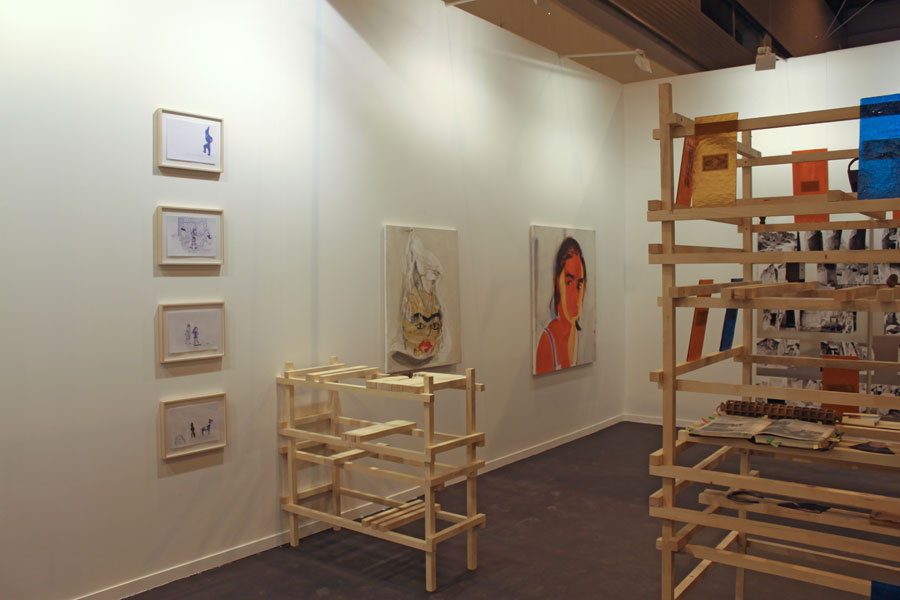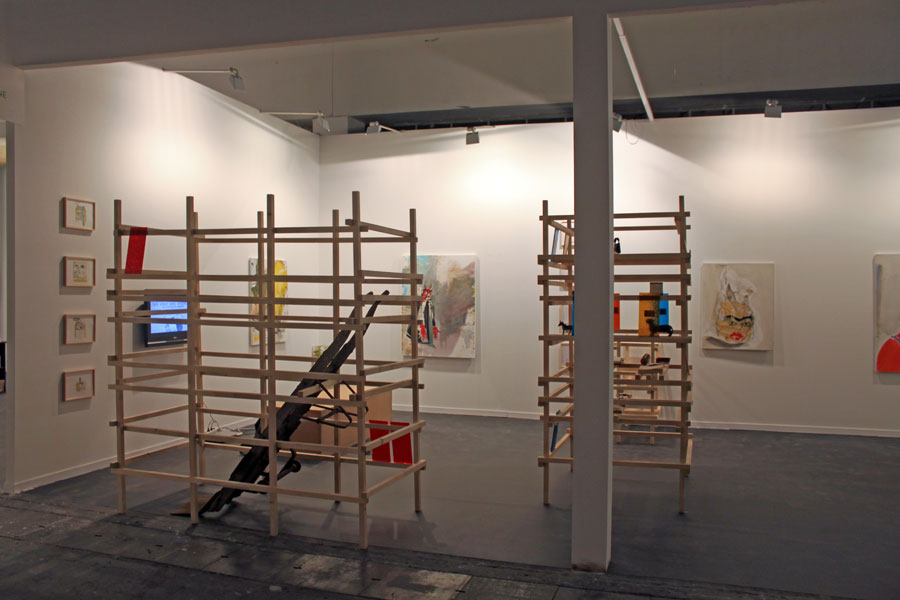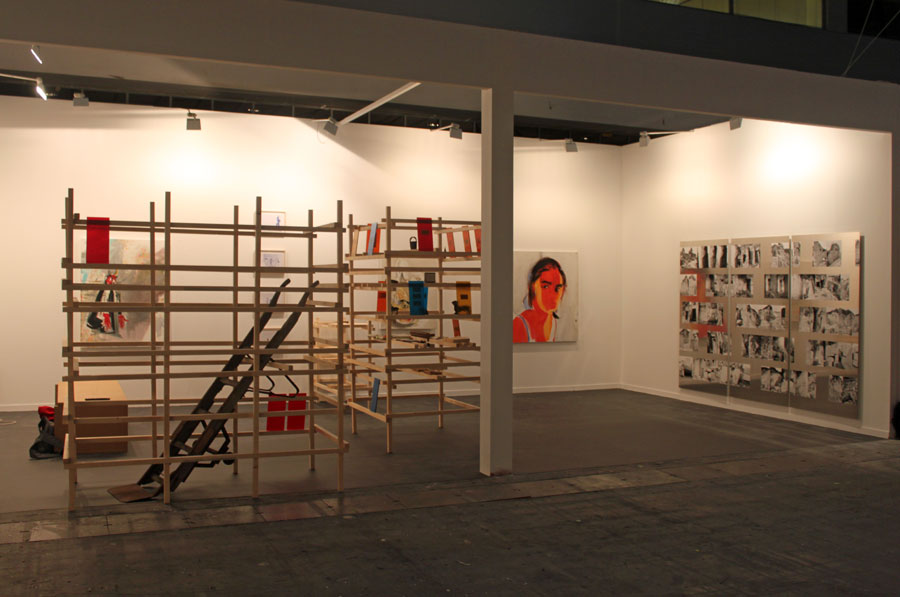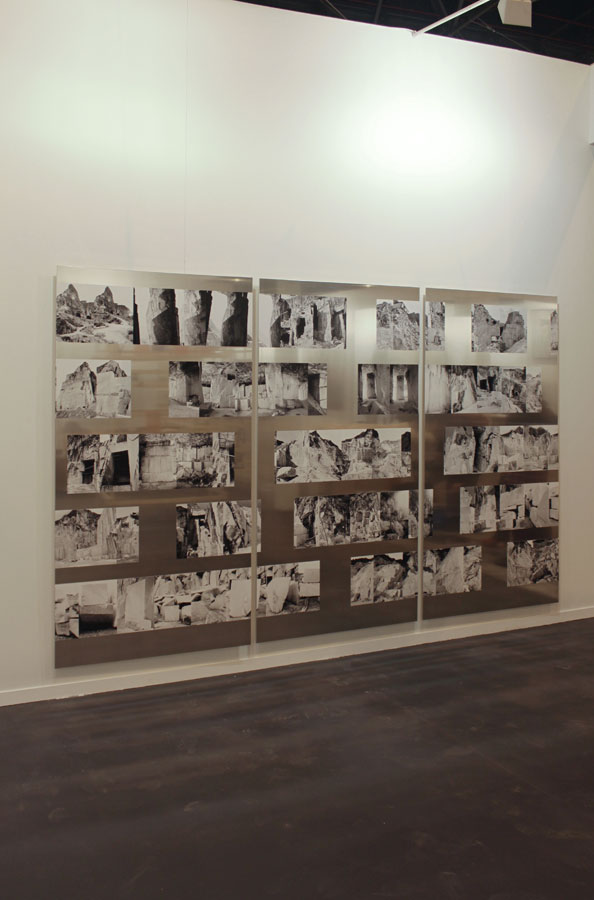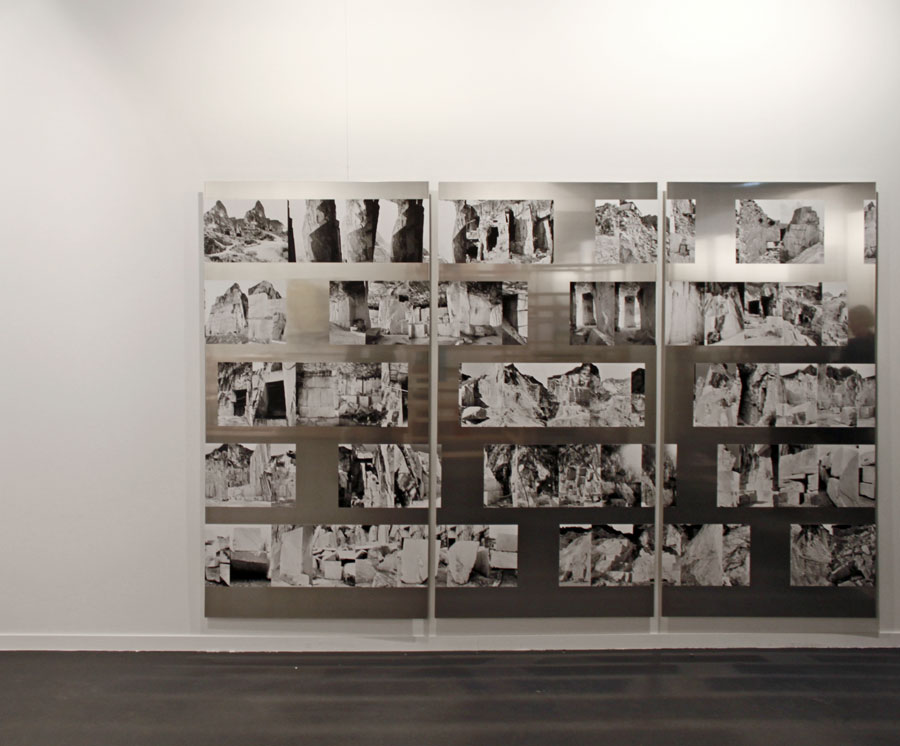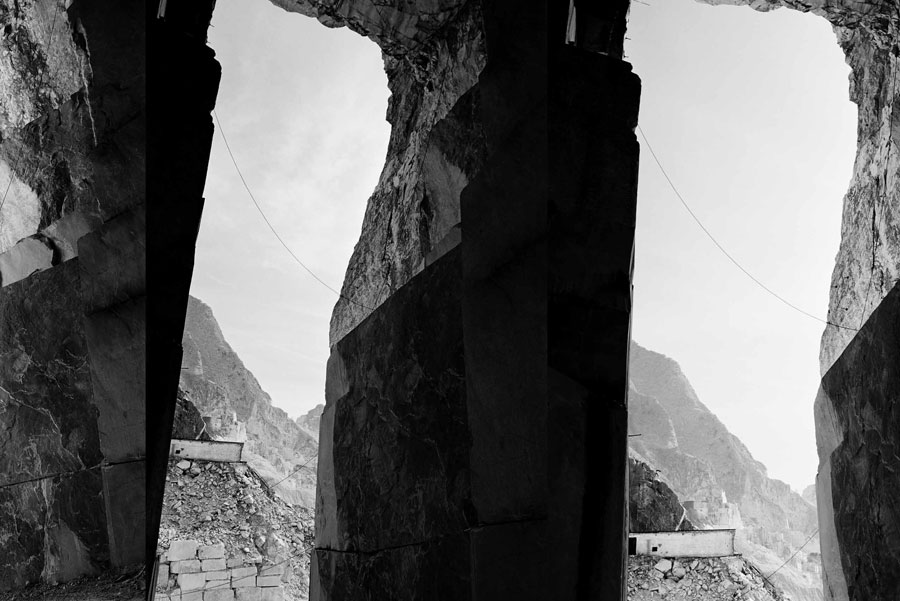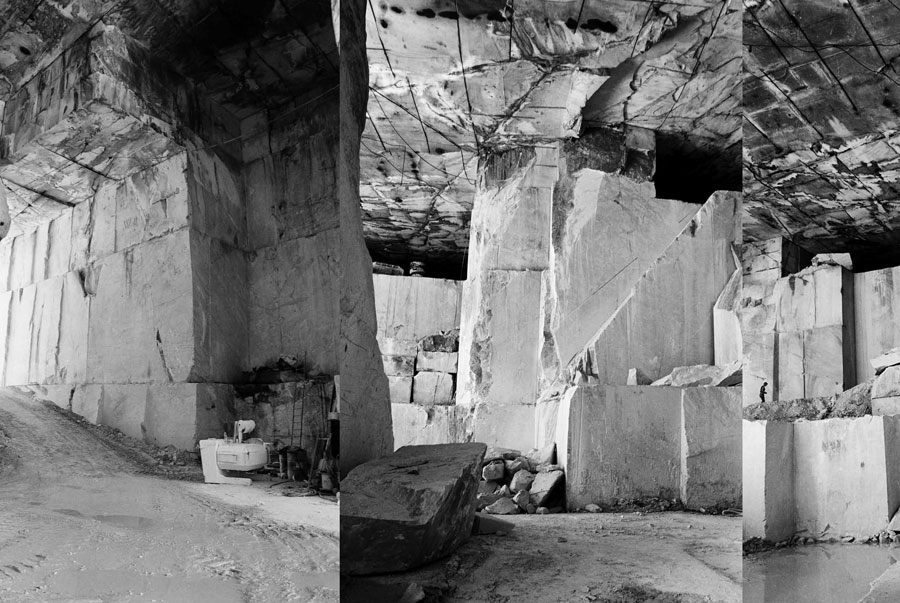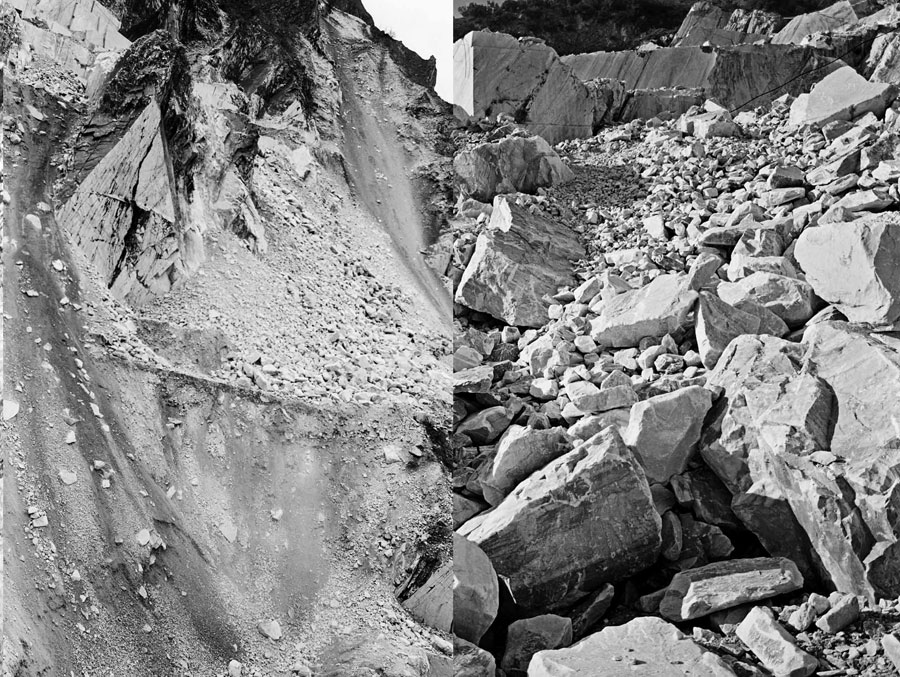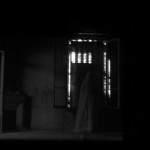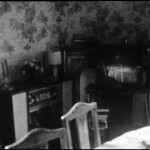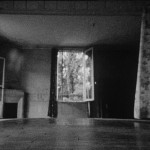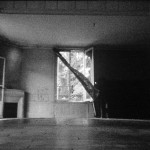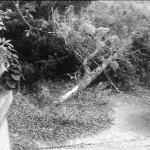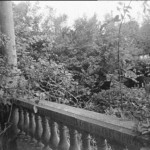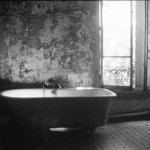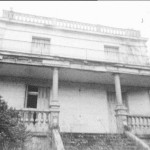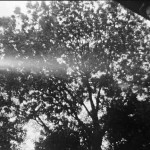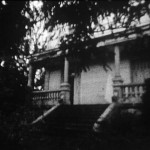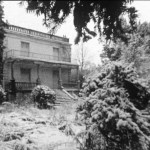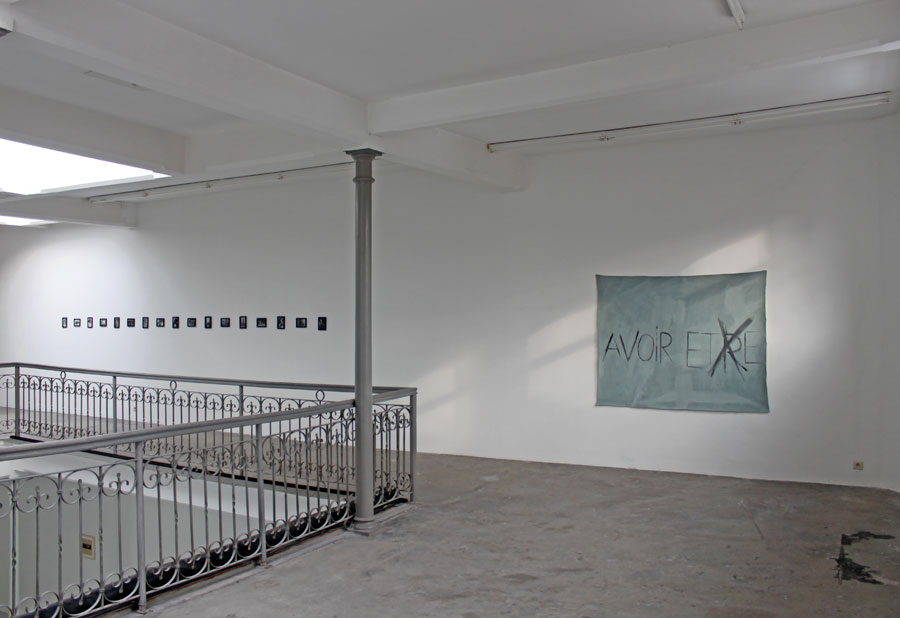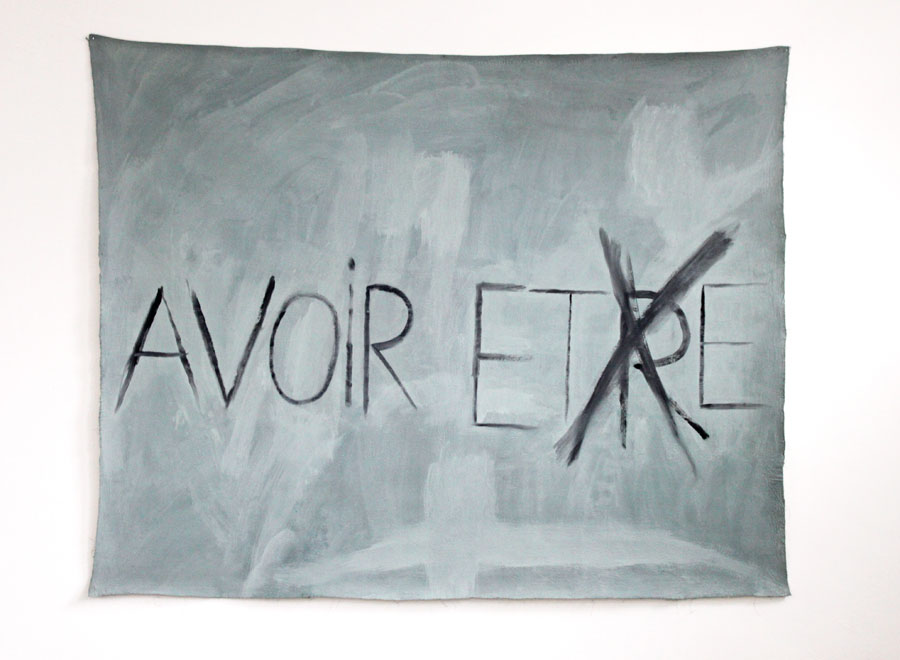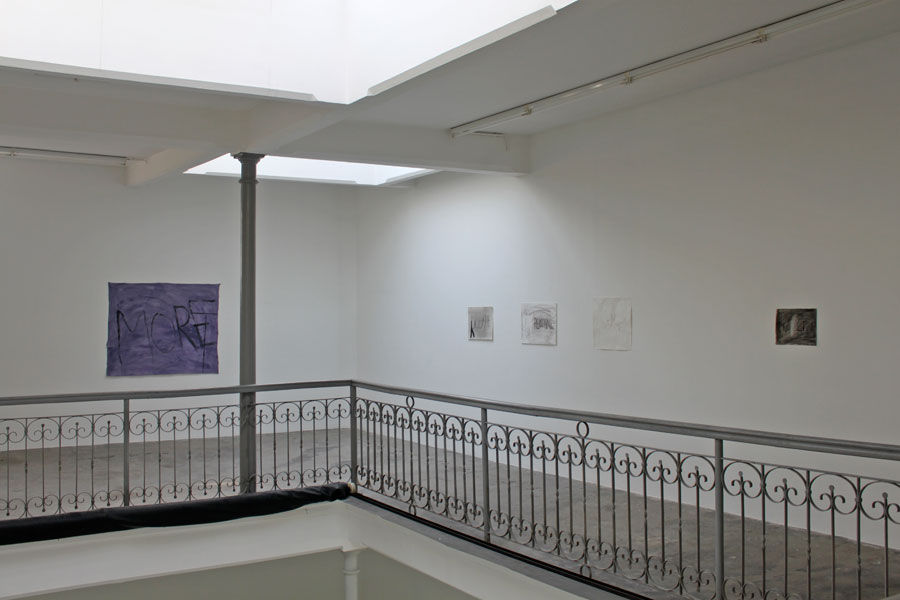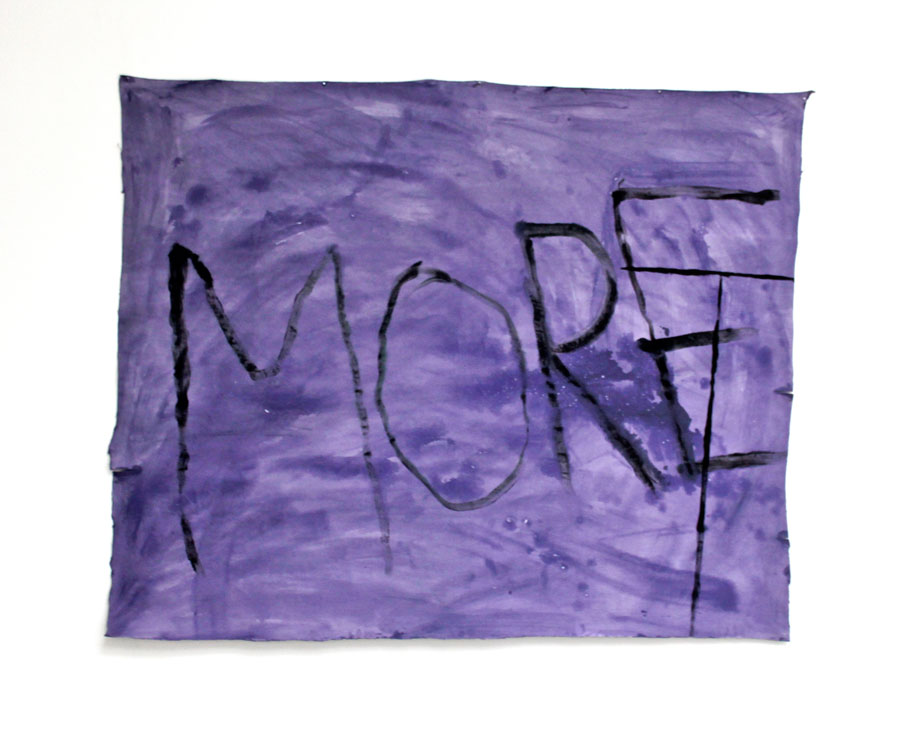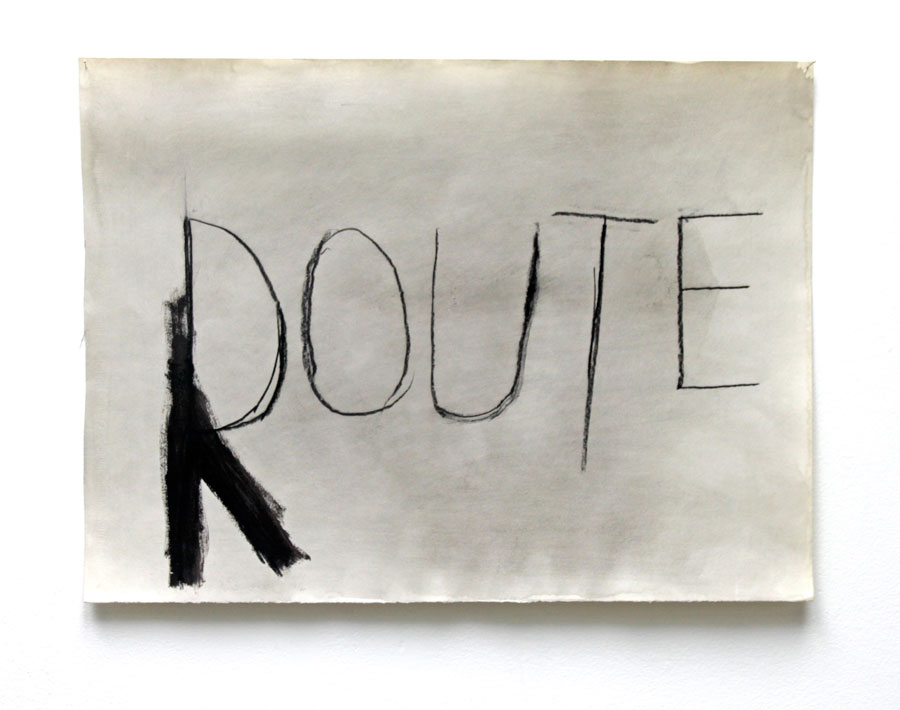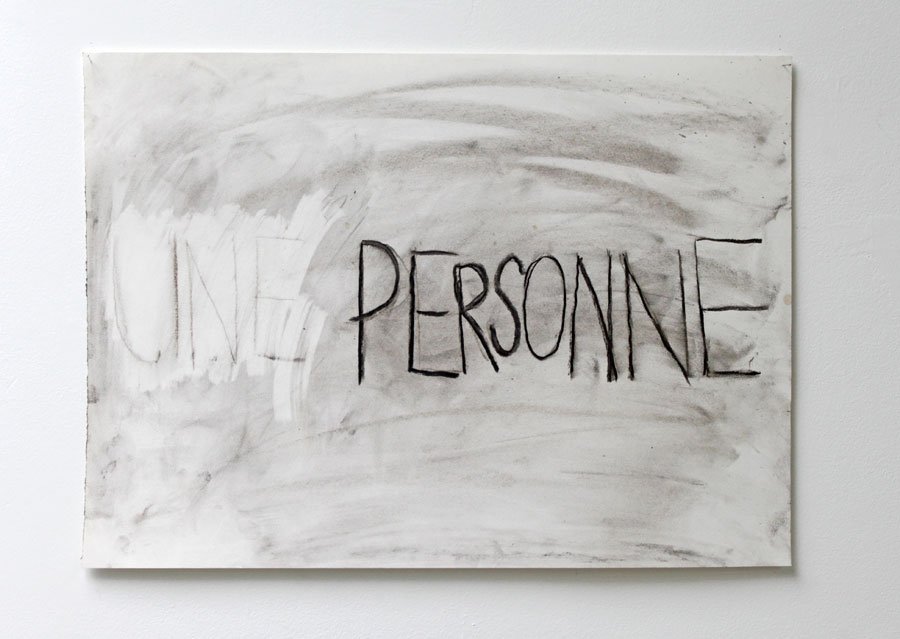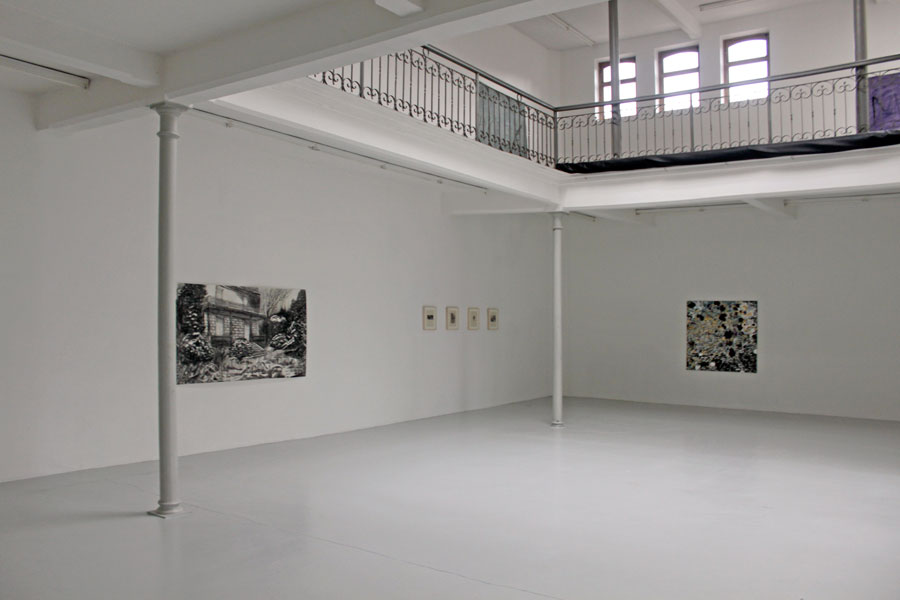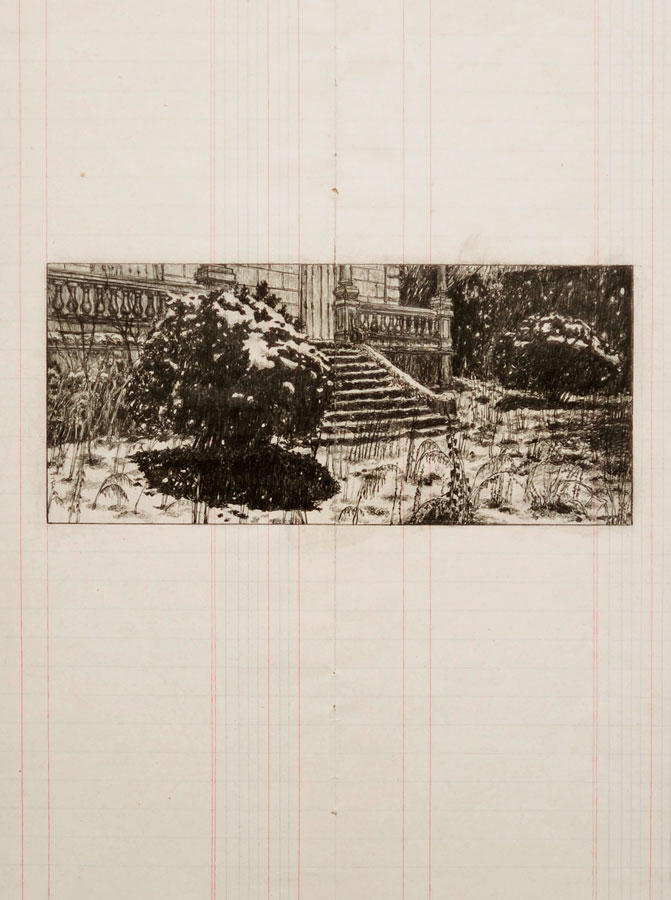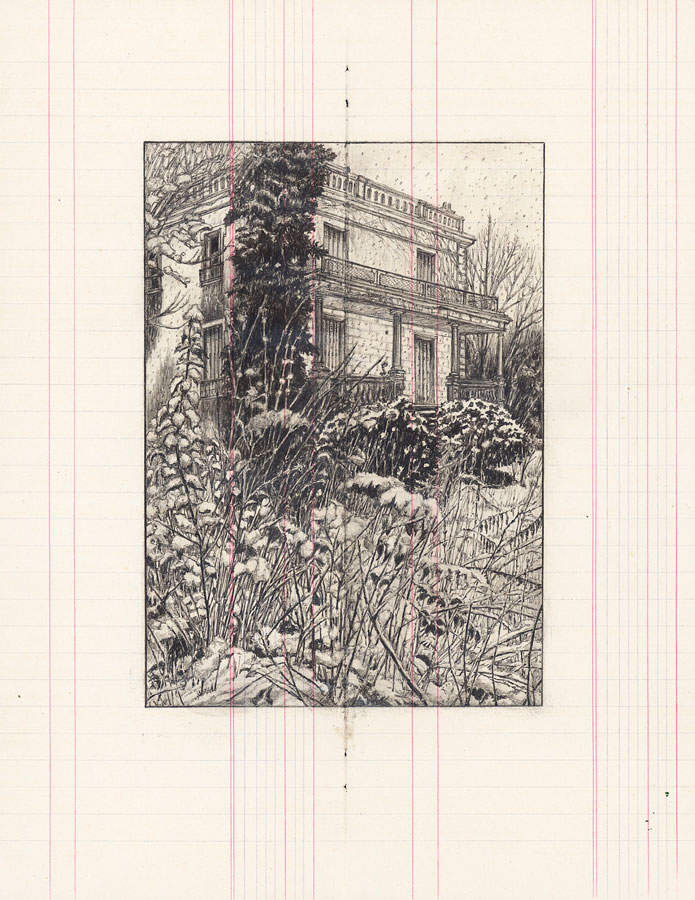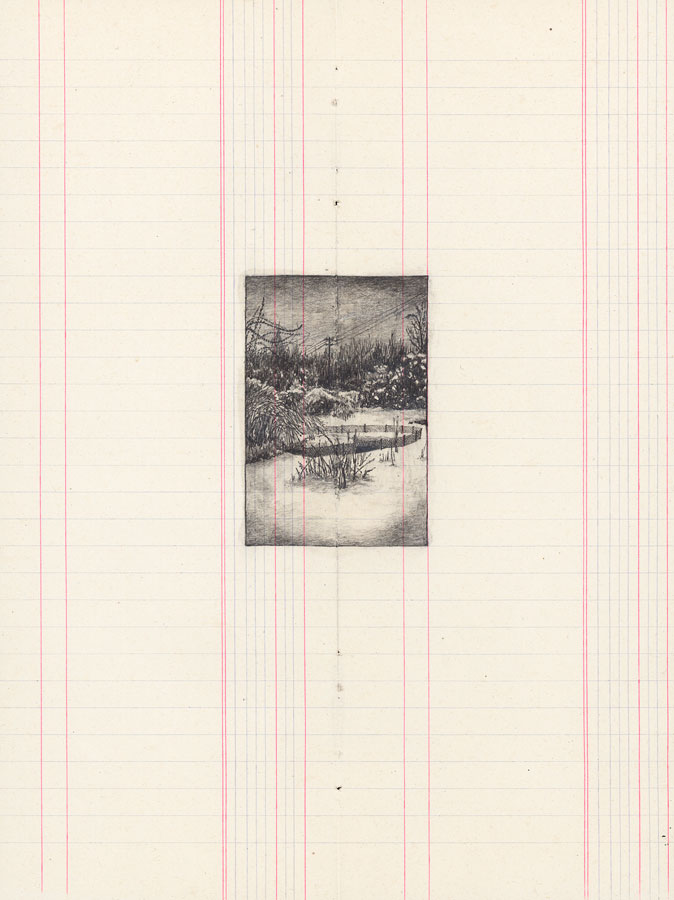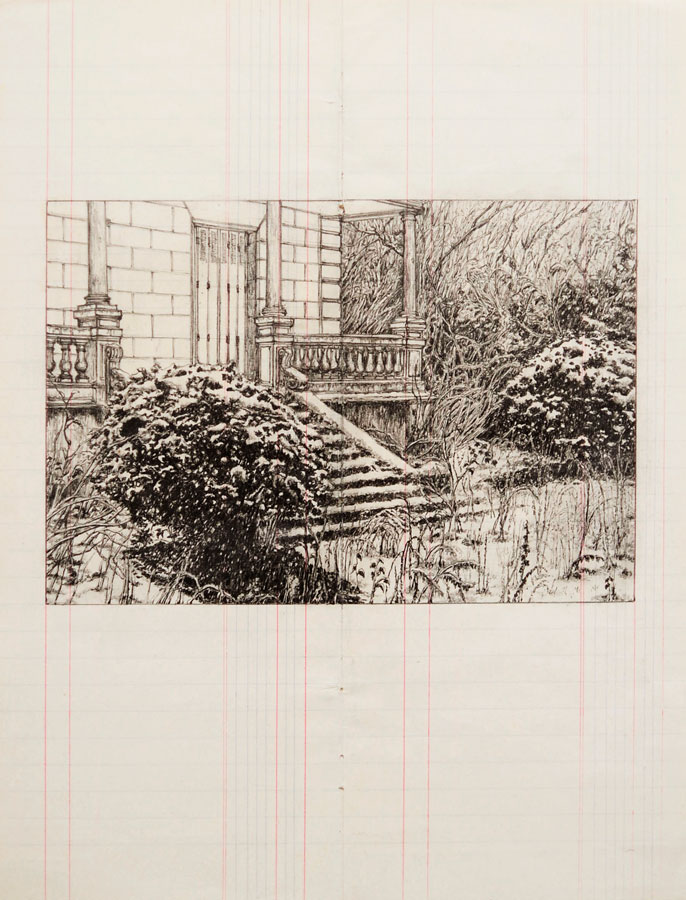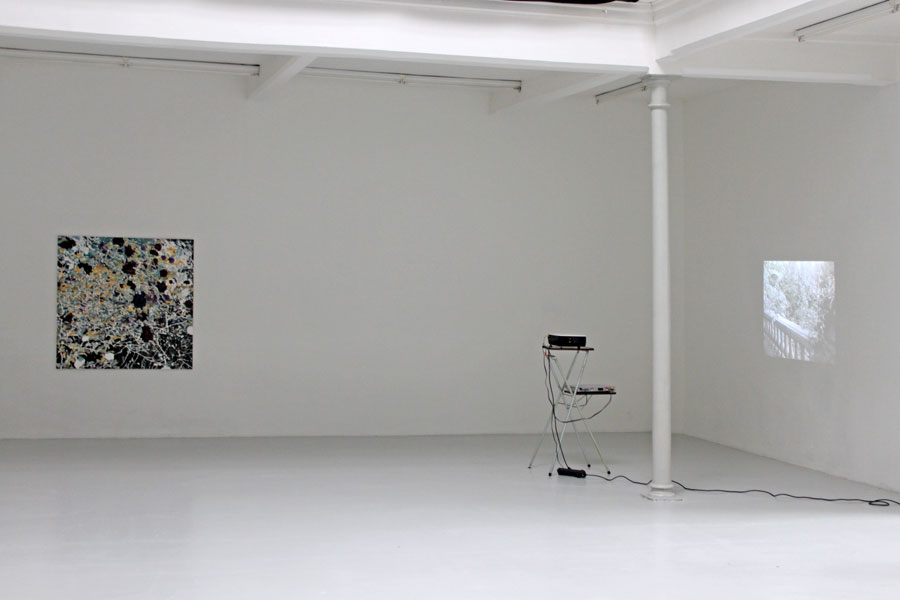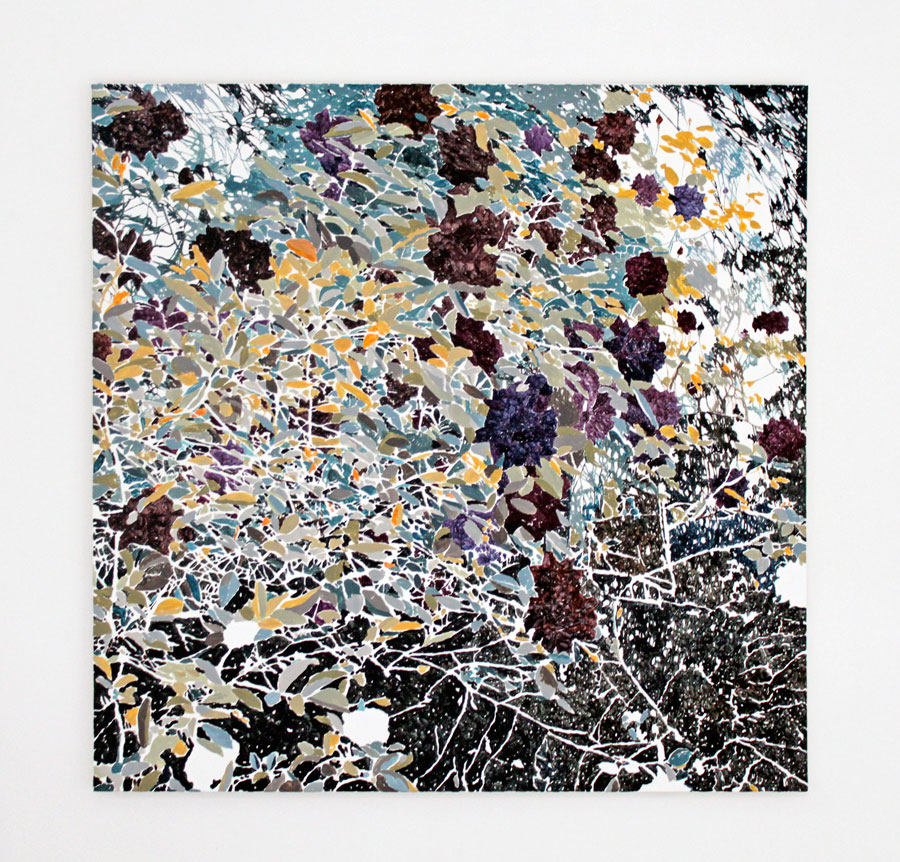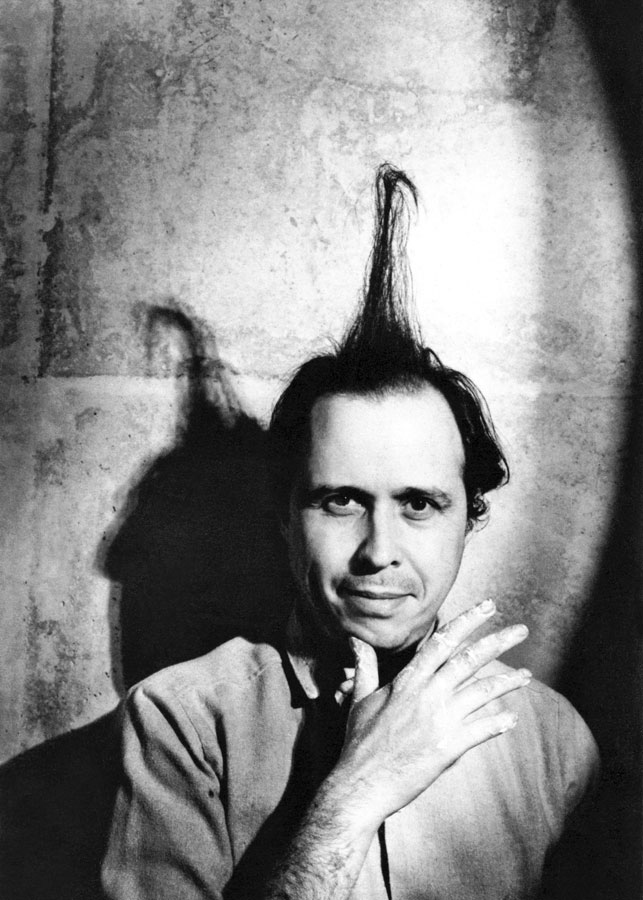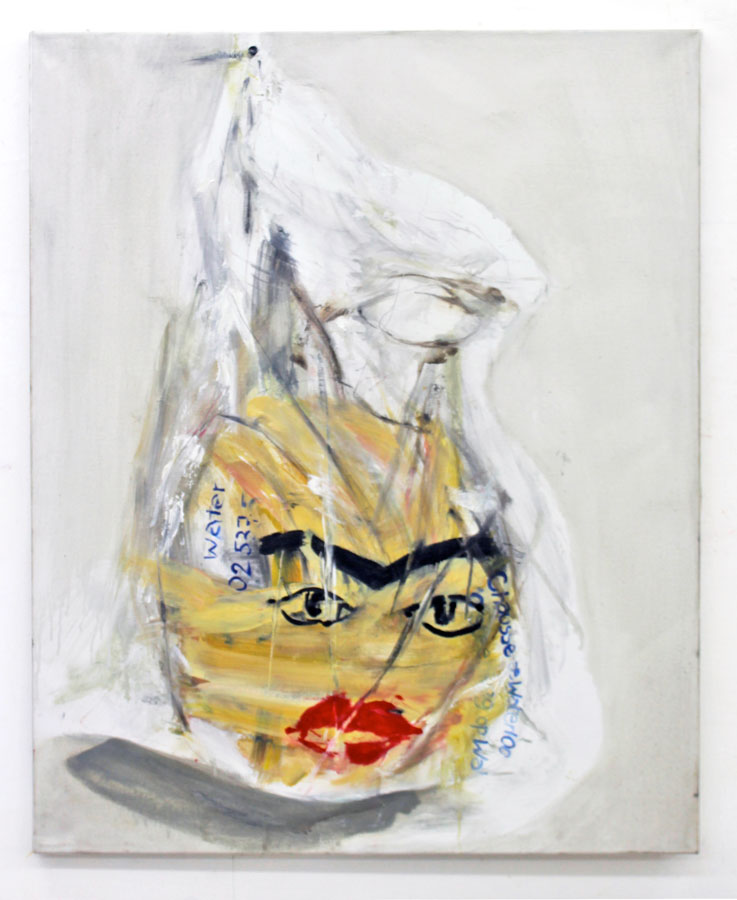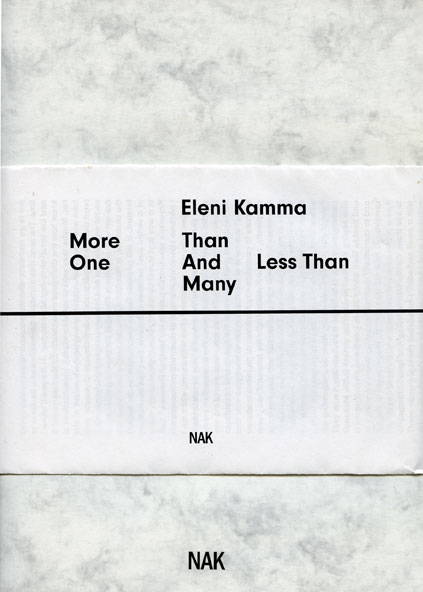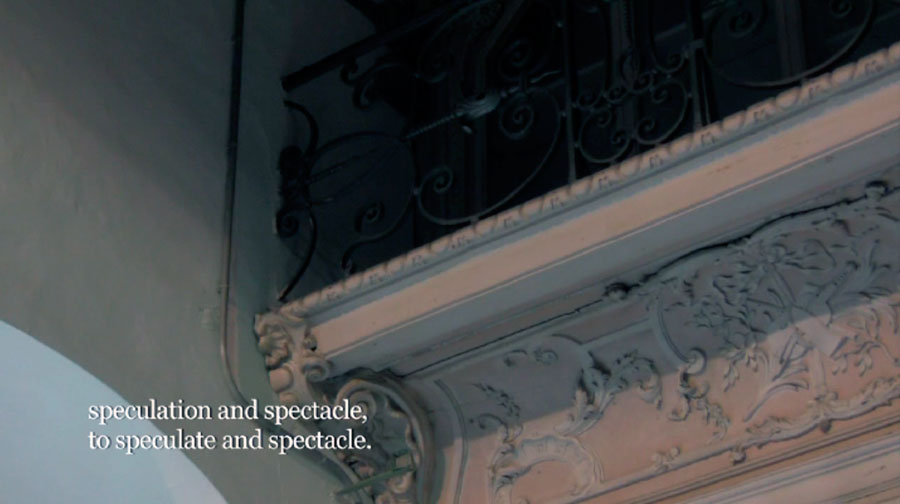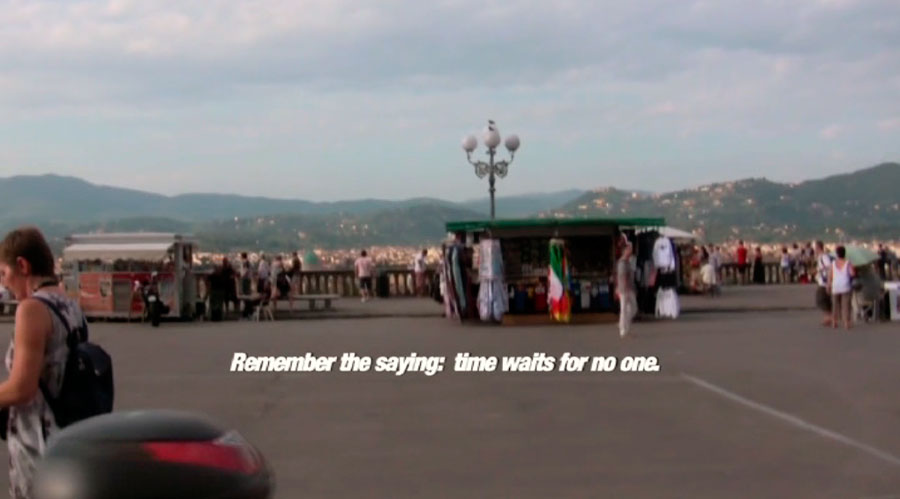Arco 2013 Madrid invite les galeries participantes à mettre le travail d’un artiste particulier en évidence. Eleni Kamma montrera un ensemble d’oeuvres, installation, films et dessins, dont une bonne part du travail réalisé lors d’une résidence à la Villa Romana à Firenze, travail récemment montré au Neue Kunstverein de Aachen en Allemagne.
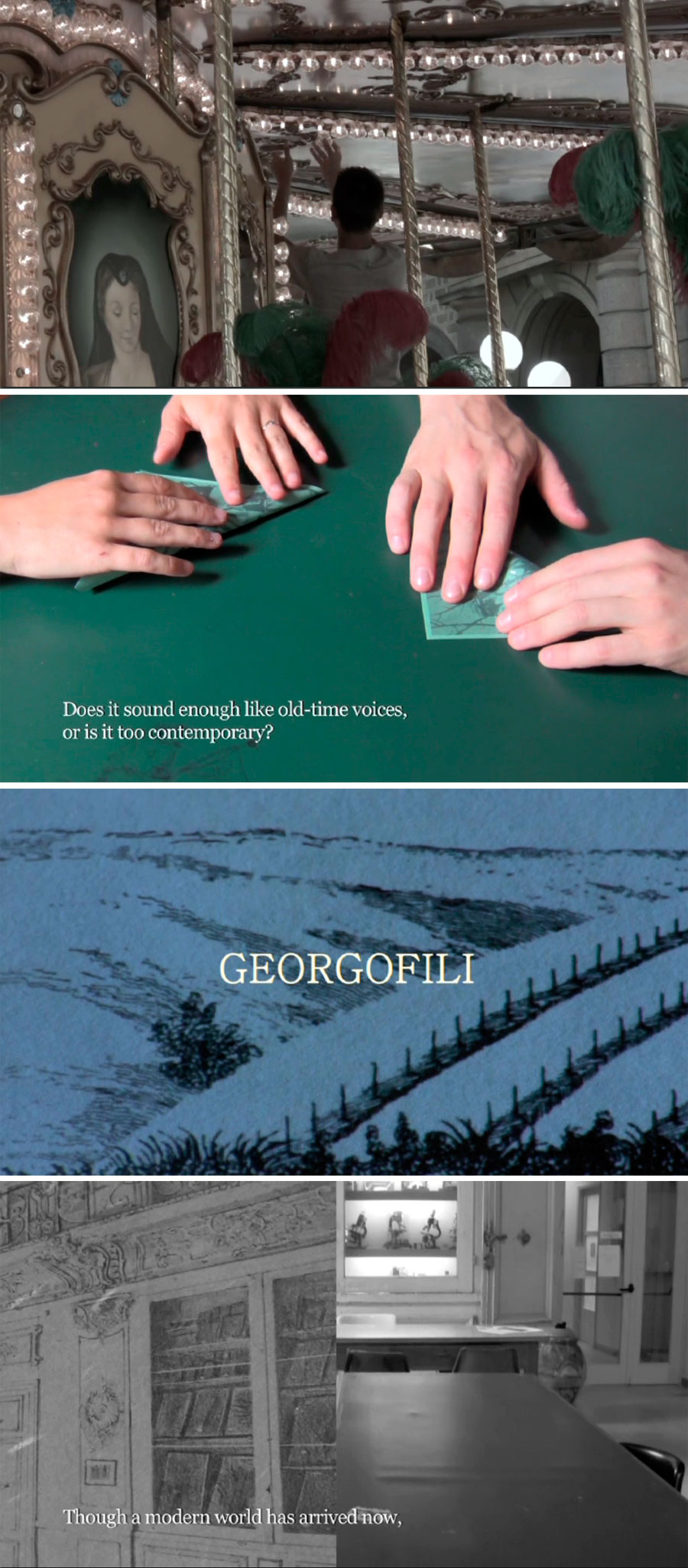
Georgofili, 2012, 25 minutes, HD video, color, stereo sound, 16:9, Italian spoken, English Subtitles, NL
Eleni Kamma’s practice is informed by the inherent gaps and contradictions within existing cultural narratives and structures. By revisiting systems of classification and strategies of description and taxonomy, she examines the relation of the cliché, the banal and the stereotype, to the formation of history and the production of meaning. Her recent body of work examines how can words and images co-exist and create meaning by disrupting it; make sense by seemingly letting meaning collapse.
The starting point for this exhibition, whose title is taken from the sonnet of Averardo Genovesi from 1838, is the film “Georgofili”*, a 27 minutes HD film produced in 2012, for the purposes of which Kamma conducted research during her residency at the Villa Romana, as an international visiting artist in 2010 and 2011. Throughout “Georgofili”, an assemblage of different in time voices of Italy takes place. The old genre of Tuscan “Contrasto” verbal duels, in which the performers-poets Emilio Meliano and Realdo Tonti use their arguing skills to debate the politics and morality of contemporary Italy, meets historical educational dialogues from the age of enlightened despotism, performed and commented by the young Italian actors Lavinia Parisi and Marco Rustioni.
The exhibition “From Bank to Bank on a Gradual Slope” stages the premiere of the film among a selection of found objects placed on shelving structures developed specifically for the rooms of the Villa Romana in collaboration with the Belgian architect Breg Horemans. Windows and doors of the main exhibition rooms are projected along their own axis, until the point where they interfere. These crossing points shape the outline of the flexible and adjustable shelving structures.
The exhibition is accompanied by a printed edition of the Georgofili script, designed by Salome Schmuki. “From Bank to Bank on a Gradual Slope” openly invites the viewer to a spatial exploration between lived experience and a simultaneous reflection of contemporary Florence.
The Accademia dei Georgofili (Academy of Georofili) was established in Florence in 1753. The academy has been an historic institution for over 250 years, and is best known for promoting amongst scholars and landowners, the studying of agronomy, forestry, economy, geography, and agriculture. The Accademia dei Georgofili was founded with the declared aim of “making continuous and well regulated experiments and observations to bring to perfection the ever so pleasant and useful art of Tuscan cultivation”. Since then, the name Georgofili has been synonymous of the development of the science and technology associated with agriculture, the study and protection of the environment and the landscape, urban development and socio-economic progress. The term Georgofili comes from the Greek, and literally means “earth-lovers”
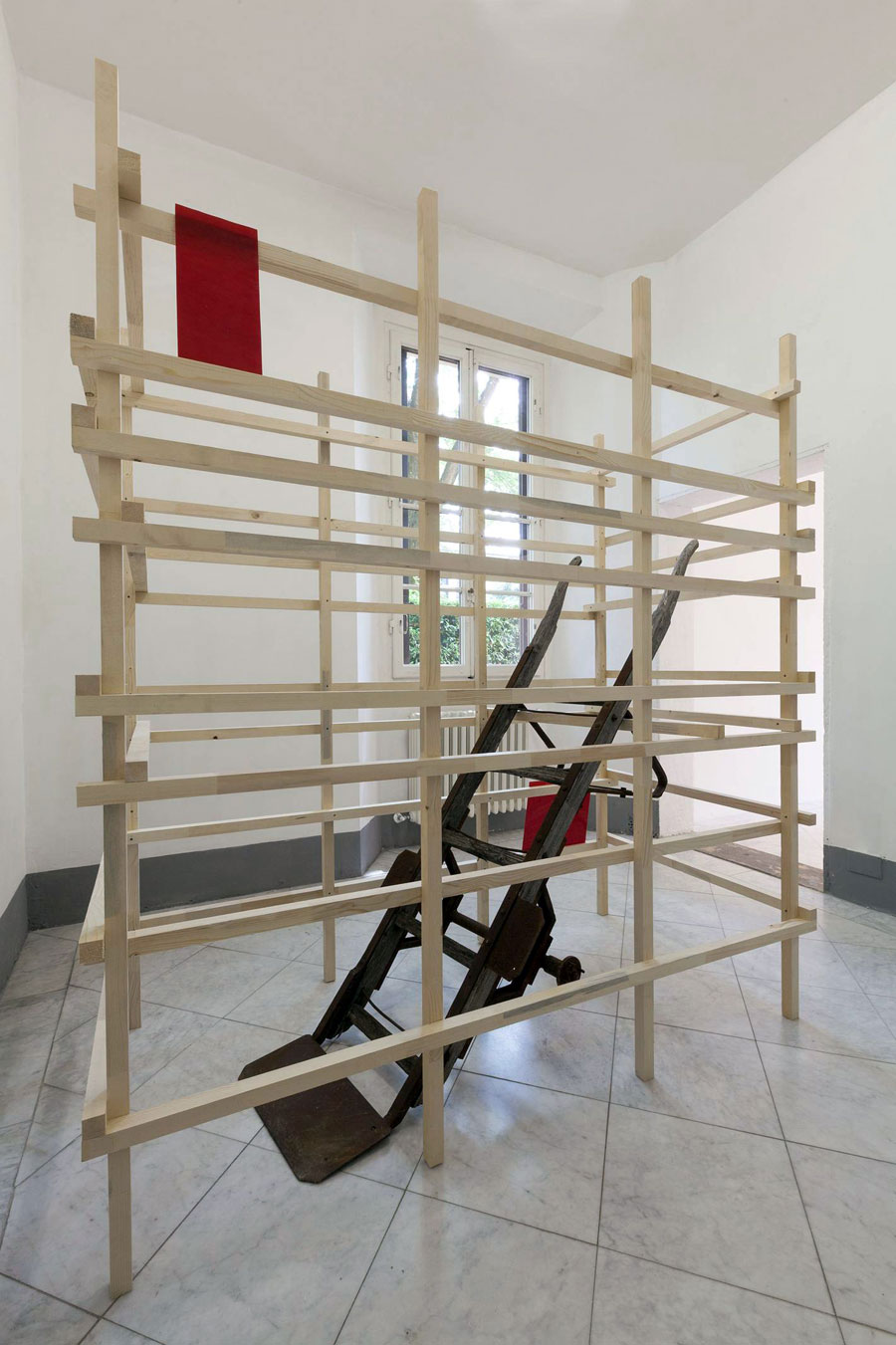
From Bank to Bank on a Gradual Slope, 4 éléments, mixed media, variable dim, 2012
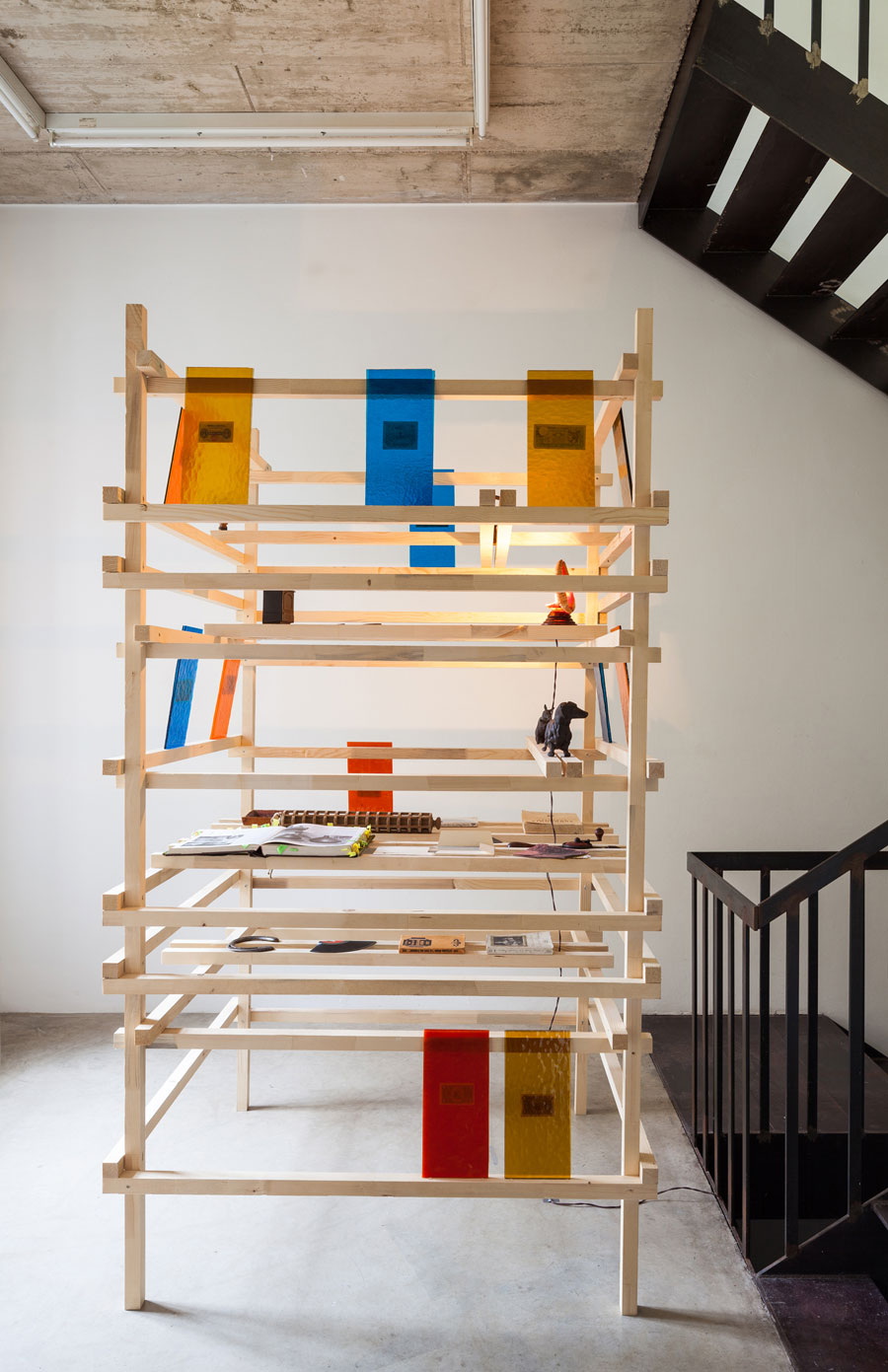
From Bank to Bank on a Gradual Slope, 4 éléments, mixed media, variable dim, 2012
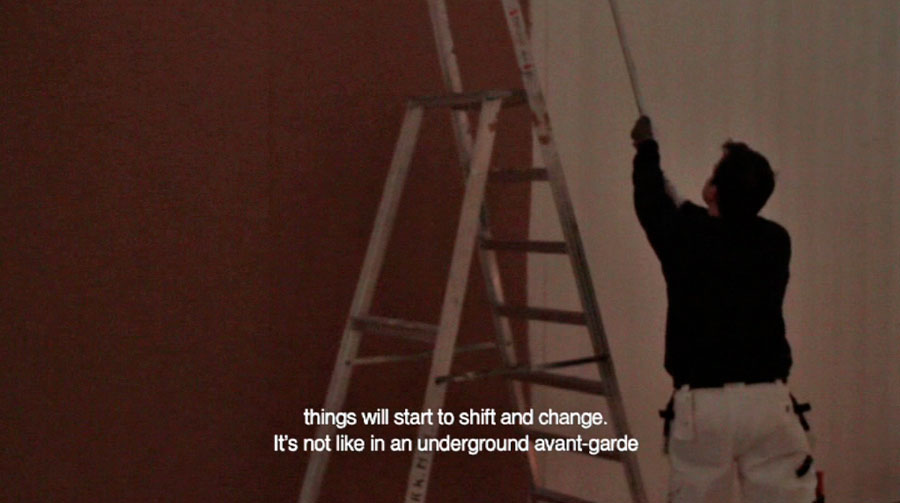
Malin and Tor (Two Architects in Conversation), 2011
33:16 minutes, HD video, color, stereo sound, 16:9, English spoken, NL
In March 2011, a discussion was conducted between Malin Zimm and Tor Lindstrand, during Architecture Museet Stockholm (25.1 – 13.3 2011). The physical space where the discussion took place was filmed ten days later, during the preparation works for the staging of the next exhibition.
Malin and Tor : Two architects in conversation follows in two episodes the discursive exchanges between the two aforementioned architects. The fist part of their conversation articulates around an analysis of the crisis of the speculative element in contemporary architecture, paired with a reflexion on the “spectacular” fashion, as a current operational mode, mirrored by the very alteration of the meaning of their etymological radical. Background for this video is the mobile, evolving and precisely anti-spectacular setting of a room of the Arkitektuurmuseet, filmed while an exhibition is being mounted. As such, through the very explorative and rotating use of the camera, the decor functions as a sort of fragile organic filter, acting as a meaningful metaphoric counterpoint to a reflexion of the spectacular role / dimension of architecture in the social fabric.
In the second part of the video, the two architects resume their conversation by tackling i.a. the phenomenon of the success and flowering of singing choirs apprehended as a sort of social architecture, which may sometimes be seen as “absorbing the lack of talents”, whilst revealing the need of a sense of community and offering the possibility for a mediated discursive social expression.
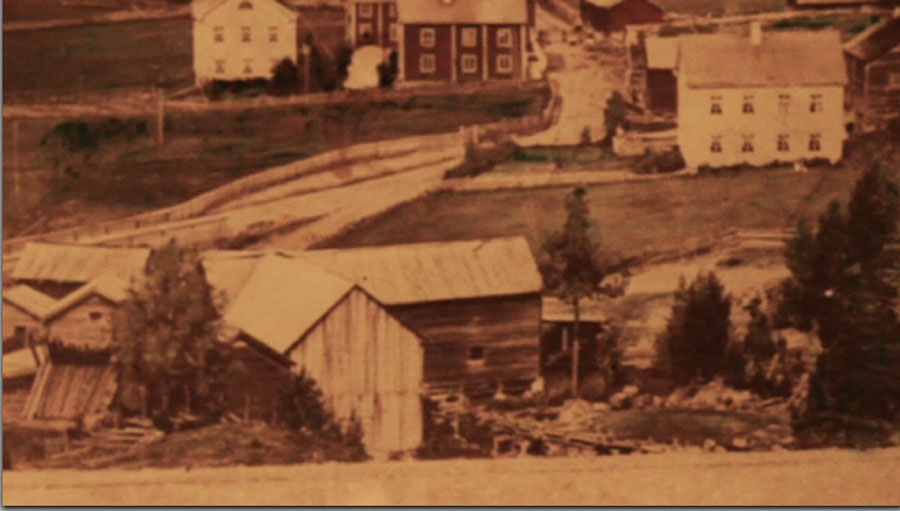
P Like Politics, P Like Parrots, 2011
17:42 minutes, HD video, color, stereo, English and Swedish spoken, NL
A specific rehearsal of the amateur choir of the Parish of Bräcke
The composition of the text proposed by Kamma and rehearsed by the singers, originates in the rhythm and structure of the famous hands game “Paper-Rock-Scissors” progressively subverting it through the inclusion of political P- words, all (not so) randomly chosen from a 2003 speech by George W. Bush and introducing the concepts of public, common sphere vs. private one, power vs. people etc. The casually repetitive, alternating character of the seemingly endless game offers an indirect metaphor on the arbitrary functioning of our political systems, apprehended as a carousel-like vortex.
Le travail d’Eleni Kamma se caractérise par l’association d’éléments qui appartiennent à la culture au sens large – parfois certains d’entre eux relèvent d’une culture particulière – qui entraînent donc avec eux un certain nombre de présupposés. Ils peuvent aussi bien relever du texte, de l’image ou du monde des objets domestiques. En les extrayant de leur contexte, Kamma leur attribue une puissance poétique; en les associant, elle ouvre à la fabrication d’histoires. En cela, son travail est proche du montage cinématographique au sens où Dziga Vertov ou Jean-Luc Godard ont pu le pratiquer : la création d’interstices dans lesquels se niche l’essentiel. Ils déconstruisent les idées reçues et défont la passivité du visiteur/spectateur.
Dans la première vidéo, ‘Malin and Tor : Two architects in conversation’, deux architectes d’abord discutent de la crise de l’architecture contemporaine en regrettant sa propension au spectaculaire, ensuite leur échange glisse sur le succès que rencontre, dans la société suédoise, la pratique chorale. Ils y voient un espace d’expression individuelle et collective exemplaire de nouvelles relations sociales. Tandis que leur dialogue se déroule, la caméra explore lentement l’espace d’une salle d’exposition en plein montage sans se préoccuper de ce qu’elle filme – des silhouettes s’activent, un mur occupe tout le cadre, une fenêtre jette une lueur au loin, etc. La disjonction de l’image et du son paraît flagrante tant leur conversation feutrée s’éloigne des bribes de construction que l’on aperçoit, mais nous ignorons quel en sera le résultat. La seconde vidéo ‘P like Politics’, comme une réponse à l’évocation des chorales par le couple d’architectes, nous plonge dans la répétition de l’une d’entre elles. A l’image, la même exploration lente de l’espace laisse apparaître un lieu plus ‘habité’ – du mobilier de bois blond, des tapis, du parquet – ; d’un léger brouhaha, un chant ou plutôt la scansion rythmée d’un texte émerge. « Paper Rock Scissors » – mots récurrents du récitatif – donnent le ton. Les mots qui se suivent commencent par P (president, power, progress, policy, etc.) et viennent tous d’un discours de G.W.Buch de 2003. Là encore la disjonction est présente entre l’attente que les architectes projetaient sur la chorale et les mots que ces derniers enchaînent. Entre les deux, des perroquets peints sur des partitions reflètent plus qu’ils n’illustrent un conte persan que l’on peut écouter. S’ils servent de trait d’union entre les deux vidéos, ils sont aussi la métaphore et le questionnement de la notion de liberté au coeur des questions soulevées par l’installation : celle d’un vivre ensemble dans notre espace/temps (Colette Dubois, dans HART).

P Like Politics, P Like Parrots, 2011, 17 prints 21 x 29,7 cm
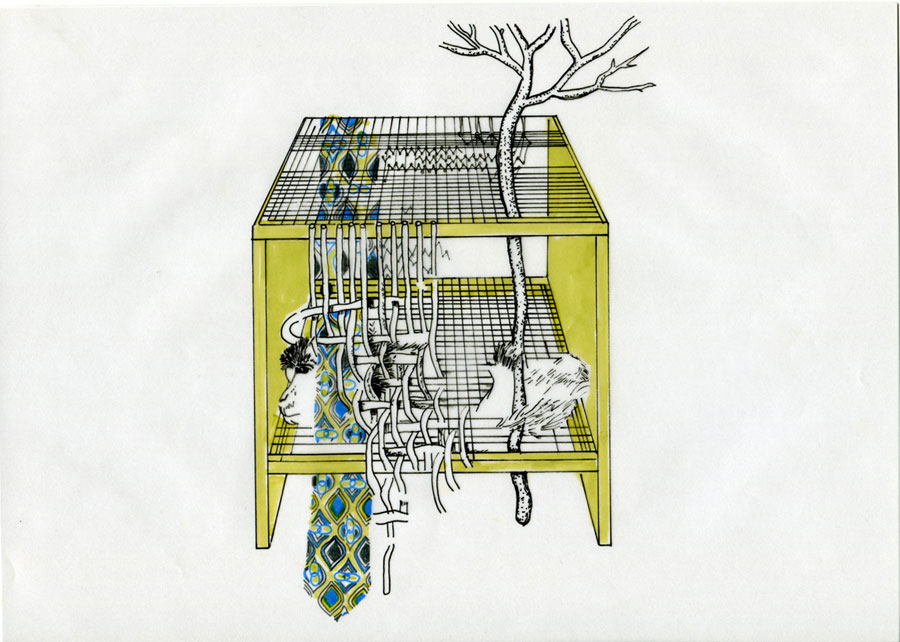
Eleni Kamma, 2010
Enlever et Entretenir / the drawings
Ink markers on tracing paper, 21 x 29.5 cm.
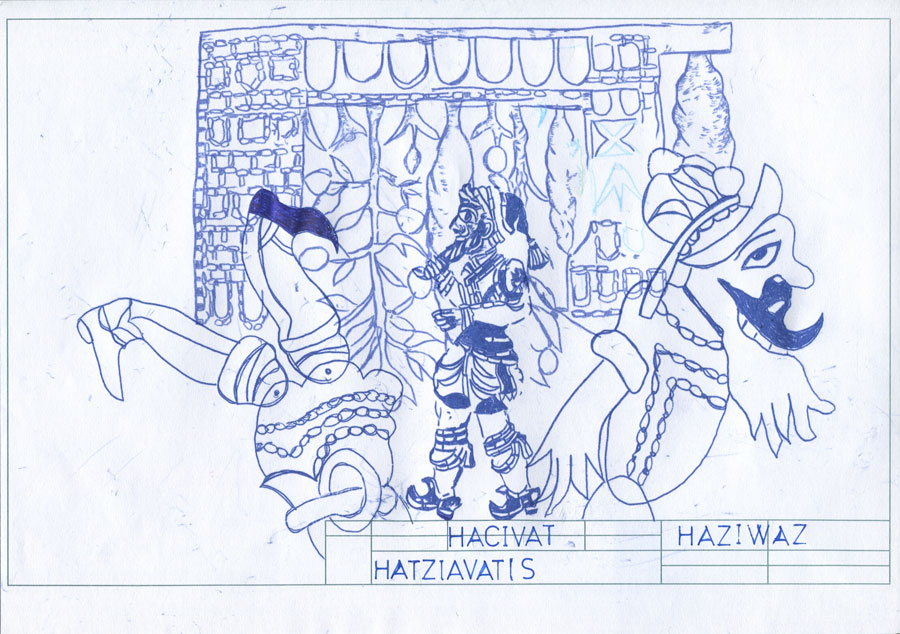
Eleni Kamma, 2012
Karagöz
technique mixte sur papier, 21 x 29,7 cm
[sociallinkz]
